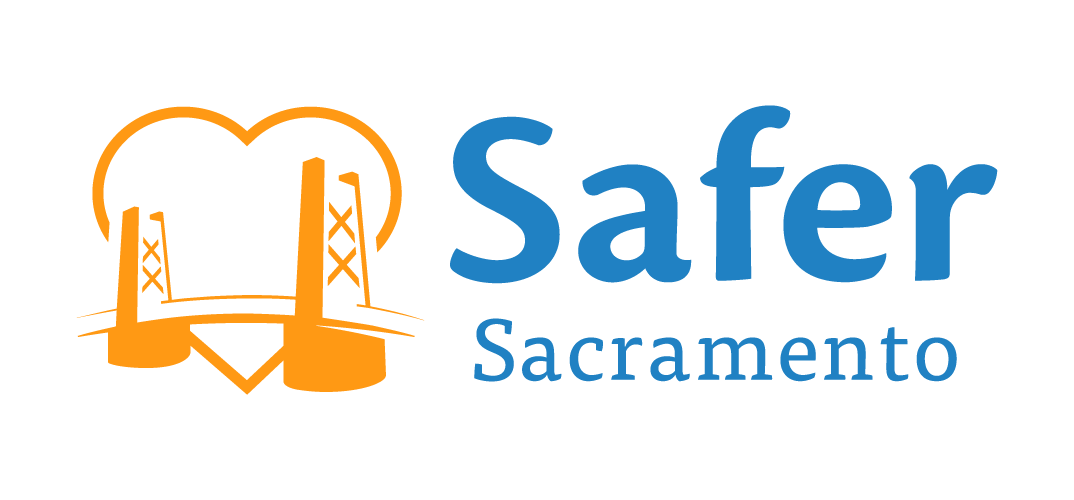The Growing Threat of Xylazine
In the world of veterinary medicine and beyond, a powerful sedative exists that has sparked both curiosity and concern: Xylazine. This unassuming compound, originally developed as a veterinary anesthetic, has found its way into various spheres, raising concerns and questions about its uses, effects, and potential risks. According to the CDC, fentanyl mixed with xylazine has been declared an emerging threat by the White House’s Office of National Drug Control Policy. While xylazine is most often combined with fentanyl, it has also been detected in mixtures containing cocaine, heroin, and a variety of other drugs and is connected to a growing number of overdose deaths. The DEA Laboratory System is reporting that in 202, approximately 23% of fentanyl powder and 7% of fentanyl pills seized by the DEA contained xylazine.
The Origin of Xylazine
Xylazine’s story begins in the mid-20th century when researchers were fervently searching for effective and safe anesthetics for animals. In the 1960s, Xylazine emerged as a breakthrough discovery, initially intended for use in veterinary practices. Known for its potent sedative and analgesic properties, Xylazine became a staple in the toolkit of veterinarians worldwide.
As time passed, the story of Xylazine took an unexpected turn. The sedative that was once confined to the realm of veterinary medicine found its way into unconventional territories. Xylazine was first seen as an additive in the unregulated drug supply in Puerto Rico in the early 2000s and began spreading through the U.S. shortly after, garnering attention and prompting alarm within the medical community and beyond. Research reveals that Xylazine misuse has become rampant in non-veterinary settings.
The Human Element
Beyond the statistics, understanding the human side of the Xylazine story is critical. Interviews with individuals who have encountered Xylazine in various contexts shed light on the motivations behind its misuse. Some cite its sedative effects as a means of self-medication, while others point to its accessibility as a contributing factor. Alarmingly, often individuals don’t always know that their drugs contain xylazine.
Public Health Concerns
As the use of Xylazine extends beyond its intended scope, public health concerns come to the forefront. For users who inject xylazine, it can cause skin ulcers and abscesses that fester, leading to tissue necrosis. These injuries have led to the street name “zombie drug” because the user’s skin can turn black and die, leaving gaping wounds that require clean dressings and medication and possibly even amputation. Additional instances of adverse reactions and overdoses linked to polysubstance use involving xylazine have been reported, prompting health authorities to assess the risks associated with the misuse of this powerful sedative. Considering regulatory measures to curb the non-medical use of Xylazine and protect public health is imperative.
Treatment and Prevention
Unfortunately, standard toxicology tests do not detect xylazine, and distinguishing between xylazine and opioid toxicity can be difficult. Because of this, xylazine exposure and overdoses are likely under-reported. Healthcare professionals are encouraged to test for xylazine when typical treatment for opioids is not effective. Polysubstance use complicates treatment plans, so a comprehensive approach is most effective. Xylazine test strips have shown promise in detecting the substance and other harm-reduction practices can mitigate its effects.
If a xylazine overdose is suspected, CALL 911 and give naloxone. Although xylazine’s effects will not be reversed by naloxone since it is not an opioid, xylazine is often combined with opioids such as fentanyl.
Conclusion
Arming ourselves with knowledge is a potent tool in navigating the complexities of substances like Xylazine. Educational initiatives and awareness campaigns can play a pivotal role in disseminating accurate information about the risks and benefits associated with this compound. By empowering both medical professionals and the general public, we can collectively work towards fostering responsible use and mitigating potential harm.
There is always a path forward! If you or someone you know is struggling with substance use, know there are resources and supports available! Visit us at Safer Sacramento for help.
